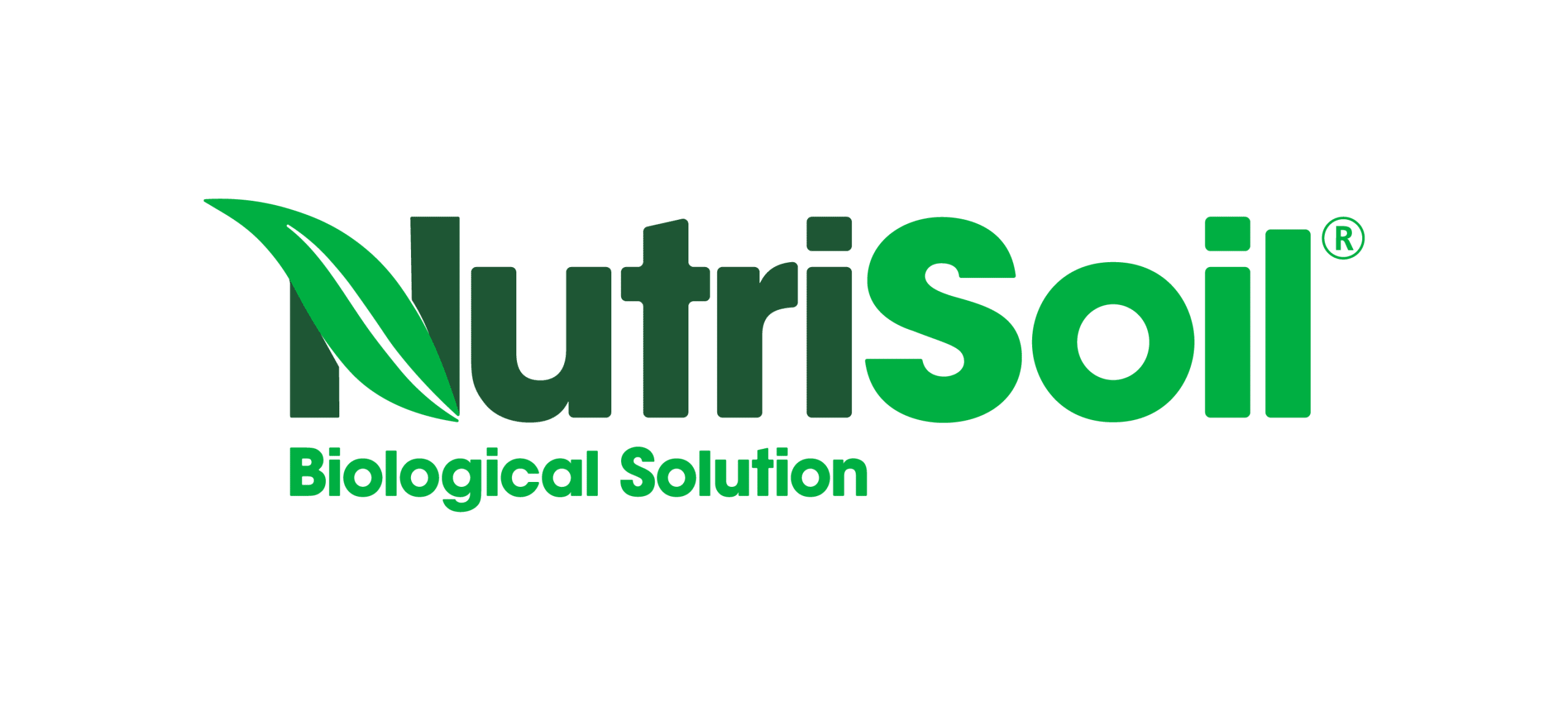“Vermicompost and Vermiwash: Fungal Flora, Physiochemical and Antimicrobial Properties” explores the rich fungal diversity and antimicrobial characteristics of vermicompost and vermiwash. Key points from the document include:
Fungal Diversity in Vermicompost: The document identifies a vast array of fungi present in vermicompost, including species with proteolytic and amylolytic abilities. Up to 142 different types of fungi, such as Aspergillus, Penicillium, and Oidiodendron, have been identified in vermicompost.
Proteolytic and Amylolytic Fungi: These fungi are capable of breaking down proteins and complex carbohydrates, respectively. They play a vital role in decomposing organic matter and releasing nutrients that are beneficial for plant growth.
Antioxidant Activities: The document highlights the antioxidant properties of certain secondary metabolites found in vermicompost, which help protect plants from oxidative stress caused by environmental factors and pathogens.
Antimicrobial Properties of Vermiwash: Vermiwash, a liquid by-product of vermicomposting, contains various enzymes like amylase, cellulase, and xylanase produced by earthworms. These enzymes contribute to the breakdown of organic matter and have potential antimicrobial properties.
Role of Earthworms in Soil Ecology: Earthworms produce enzymes that are essential for soil ecology, aiding in the breakdown of organic matter and nutrient cycling. These enzymes also have implications for plant health and protection against pathogens.
Potential Industrial Applications: The document suggests that the enzymes and secondary metabolites in vermicompost and vermiwash have potential applications in industries such as food processing, agriculture, and biotechnology.
Sustainable Agricultural Practices: The use of vermicompost and vermiwash is advocated as a sustainable and eco-friendly approach in agriculture. These natural products not only enhance soil health and plant growth but also offer a method to manage plant diseases and pests without relying on chemical inputs.
In summary, this document provides a detailed overview of the fungal diversity, physiochemical properties, and antimicrobial potential of vermicompost and vermiwash, highlighting their significant role in sustainable agriculture and potential industrial applications.
Vermicompost and Vermiwash Fungal Flora, Physiochemical and Antimicrobial




